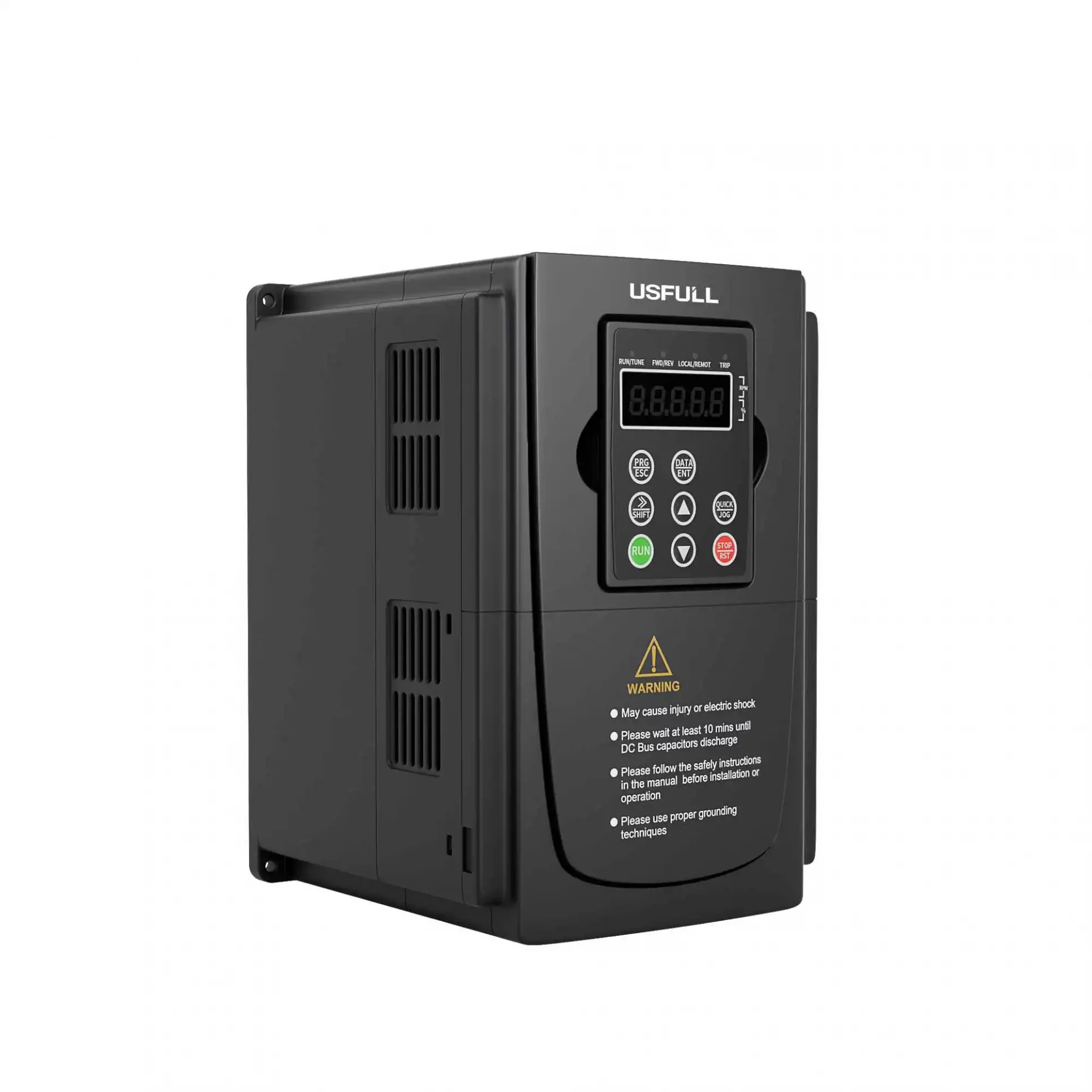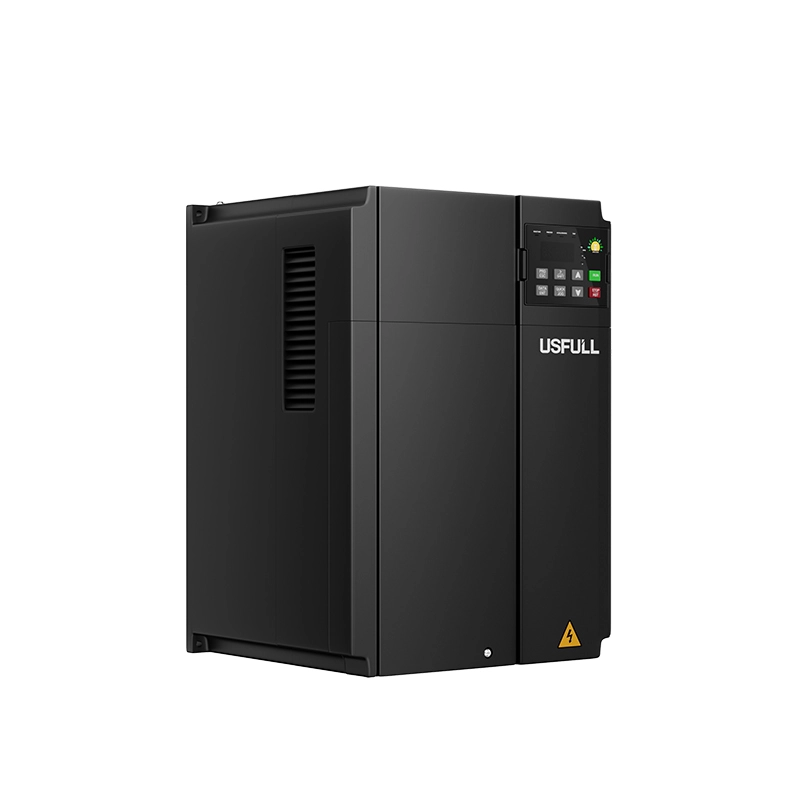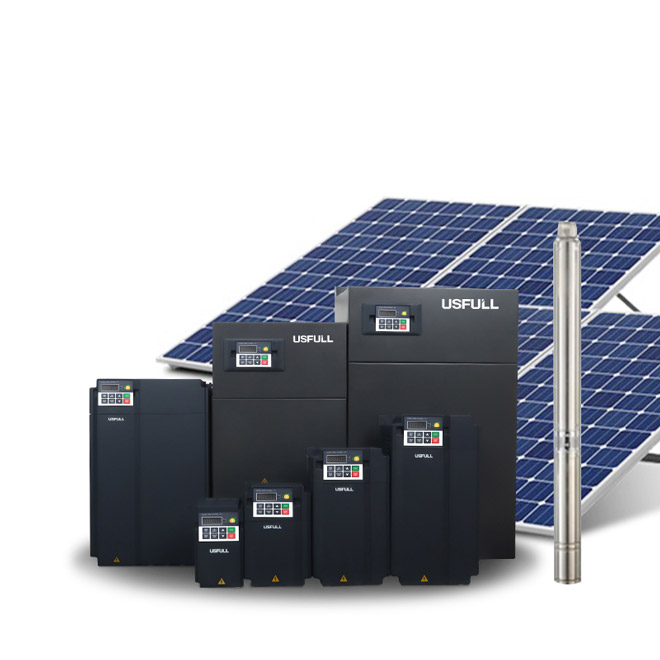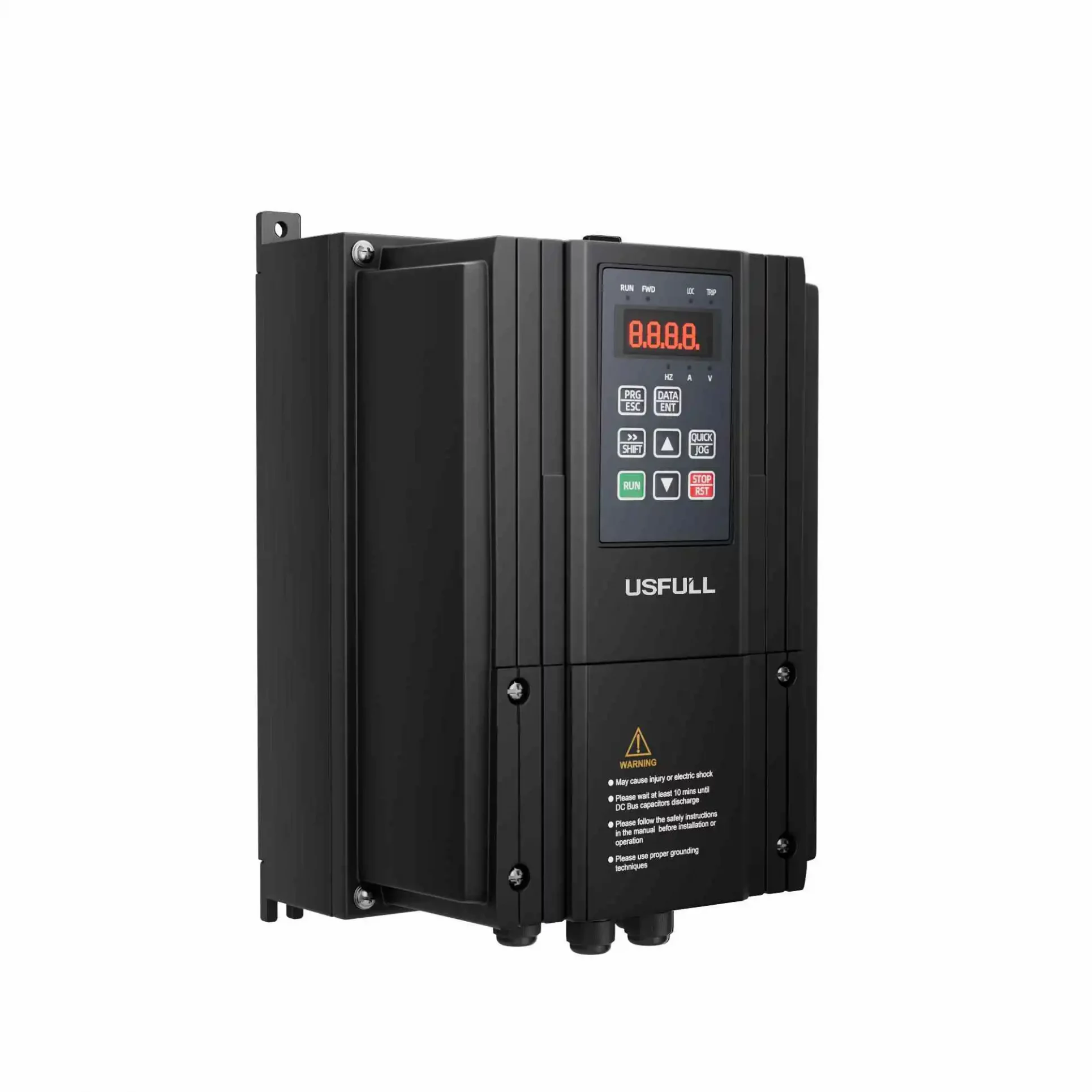Ever wondered if a 1.5KVA inverter and a 1.5kW motor make a good fit? Let’s break it down simply! Ensuring they match up well is super important for things to work smoothly.
Understanding their compatibility is key. The rated output capacity marked on the casing of the motor inverter is the apparent power, expressed in KVA as its unit, not kW. This distinction is crucial for accurate system understanding.
The proper matching of the motor and the motor inverter is paramount for the smooth operation of the driven three-phase asynchronous motor. When choosing an motor inverter, it becomes essential to thoroughly comprehend the characteristics of the load it drives.
In practical applications, electrically driven machinery is typically categorized into three types.
①Constant torque load: This type of load maintains a consistent level of torque during operation. It often includes applications where the motor needs to provide a stable force, such as in conveyor systems or certain machining processes.
②Constant power load: In the case of a constant power load, the machinery requires a consistent power input from the motor. This type is commonly encountered in scenarios where a specific power output is essential, such as in certain types of manufacturing equipment.
③Fan and water pump load: Machinery categorized under this type typically involves applications like fans and water pumps. These loads vary based on the demand for airflow or water circulation, requiring a specialized approach in motor control to accommodate the fluctuating load conditions.
Understanding this distinction ensures the effective selection and utilization of the motor inverter, contributing to the optimal performance and reliability of the entire system.
It is essential to highlight that the rated output capacity of the motor inverter is measured in kilovolt-amperes (KVA), not kilowatts (kW). Let’s consider the mentioned 1.5kW motor as an example. The appropriate choice for the rated capacity of the motor inverter would be 2.8KVA, and the rated output current of the motor inverter should be approximately 7.5A.
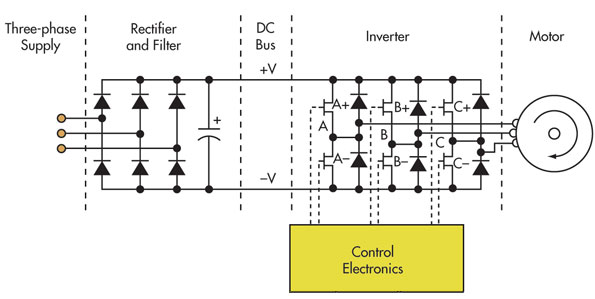
These specific parameters can be found in the motor inverter’s series manual, often under the section designated for “adaptive motor.” Moreover, for applications involving constant torque loads and motors intended to operate at low speeds for extended durations, it is imperative to opt for a vector motor inverter rather than a standard inverter. This choice ensures optimal performance and longevity in scenarios where low-speed, continuous operation is desired.
For loads driven by motors with negative torque, especially in cases involving lifting loads, occurrences of negative torque are not uncommon. In such instances, the inverter may trigger overcurrent or overvoltage faults. Therefore, it is crucial to consider installing an optional motor inverter, specifically tailored for the application, which includes a braking resistor. This additional component helps manage and mitigate issues associated with negative torque, ensuring the smooth and safe operation of the system.

To conclude, understanding the distinction between apparent power in KVA and the practical implications for the motor is key to accurate system comprehension. Proper matching of the motor and motor inverter is essential for the smooth operation of three-phase asynchronous motors, with distinct considerations for various load types. Selecting an inverter that aligns with the specific characteristics of the driven machinery ensures optimal performance and reliability.

